New Delhi, November 8, 2022: With the commencement of COP27 on November 6 in Egypt, the idea of “loss and damage” has been accepted and put on agenda for the first time after being rejected for over a decade. After a few rounds of discussions, the participating delegates agreed to the point of rich nations funding the poor nations to cope with the aftermaths of the global warming.
“Loss and damage” refers to costs the rich and developed countries, which are majorly responsible for industrial emissions that pollute the environment, should pay to poorer nations that have made negligible contribution to pollution but are more vulnerable to extreme climate events. While the vulnerable countries have been asking for climate damage finance for decades now, the rich countries have resisted it. Also, it is difficult to define and assess damage caused purely due to climate change.
Speaking on the issue, COP27 President Sameh Shoukry said that the decision created "an institutionally stable space" for discussion of "the pressing issue of funding arrangements".
“The loss and damage discussions now on the COP27 agenda will not guarantee compensation or necessarily acknowledge liability, but are intended to lead to a conclusive decision "no later than 2024", Shoukry said.
Furthermore, the issue may or may not bring any fruitful result anytime soon with the Ukraine-Russia war, escalating energy prices and the risk of economic recession. The rich and the wealthy nations under these looming circumstances may not be in a condition to help the poor countries.
However, putting the issue even on the agenda will take it further and oblige the rich countries to think and debate over it.
German Foreign Minister Annalena Baerbock said in his statement, “They rightly expect more solidarity from the rich countries, and Germany is ready for this, both in climate financing and in dealing with damage and losses.”
The demand for loss and damage finance is not new, however, for many years the rich nations have been showing resistance towards this. Despite the apathy of the developed nations, the developing countries and NGOs continued to pursue the agenda. Consequently, the issue of loss and damage finance has finally seen the light of the day.
Though in 2013, the Warsaw International Mechanism (WIM) on Loss and Damages was formulated as a separate track to continue the discussions in this regard, however, its progress has been pretty slow and laggard.
Nevertheless, the inclusion of the issue as part of the COP27 agenda is just the initial step, but getting the funds and developing provision for generating and allotting funds to the poorer nations is another challenging task. Additionally, quantifying and measuring the losses due to climate change is yet another difficult task.
‘Loss and Damage’ – The history of the demand
In the climate change framework, the burden of responsibility falls on those rich countries that have contributed most of the greenhouse gas emissions since 1850, generally considered to be the beginning of the industrial age.
As a matter of fact, the United States and the European Union, including the UK, account for over 50 per cent of all emissions during this time. If Russia, Canada, Japan, and Australia are included, the combined contribution goes past 65 per cent, or almost two-thirds of all emissions. A country like India, currently the third largest emitter, accounts for only 3 per cent of historical emissions. China, which is the world’s biggest emitter for over 15 years, now, has contributed about 11 per cent to total emissions since 1850.
In 2009, developed countries had agreed to provide USD 100 billion every year from 2020 to help developing nations fight climate change. However, ever since they are struggling to fulfill this promise. It was after much struggle that developing countries and environment groups managed to establish a separate channel on loss and damages. The Warsaw International Mechanism (WIM) for Loss and Damages, set up in 2013, was the first formal acknowledgment of the need to compensate developing countries struck by climate disasters.
Earlier, thecsruniverse.com had reported on the commencement of COP27 and explained various aspects of it, including history and origin, core of COP27, recapitulation of the COP26, and other such significant areas related to the global climate conference.



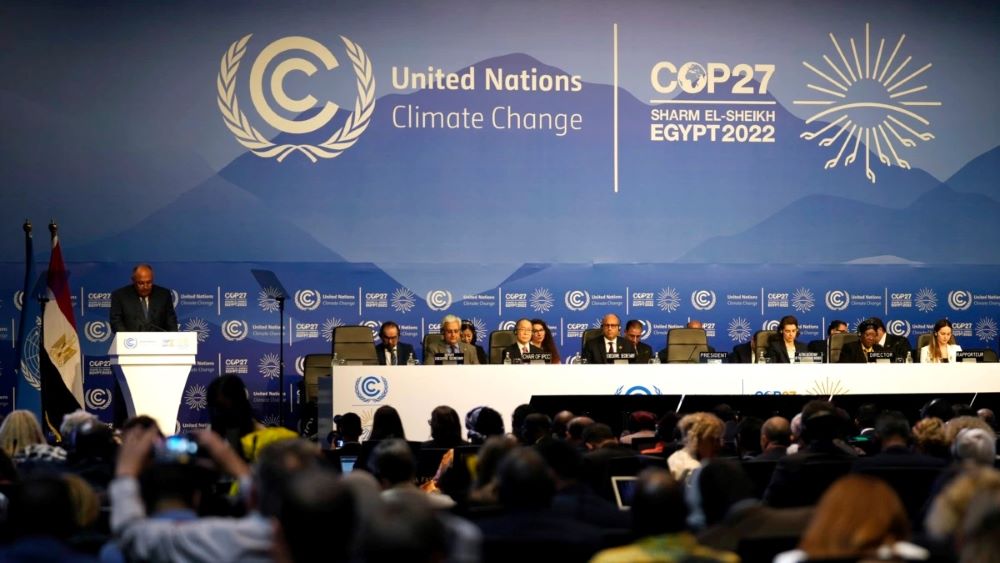
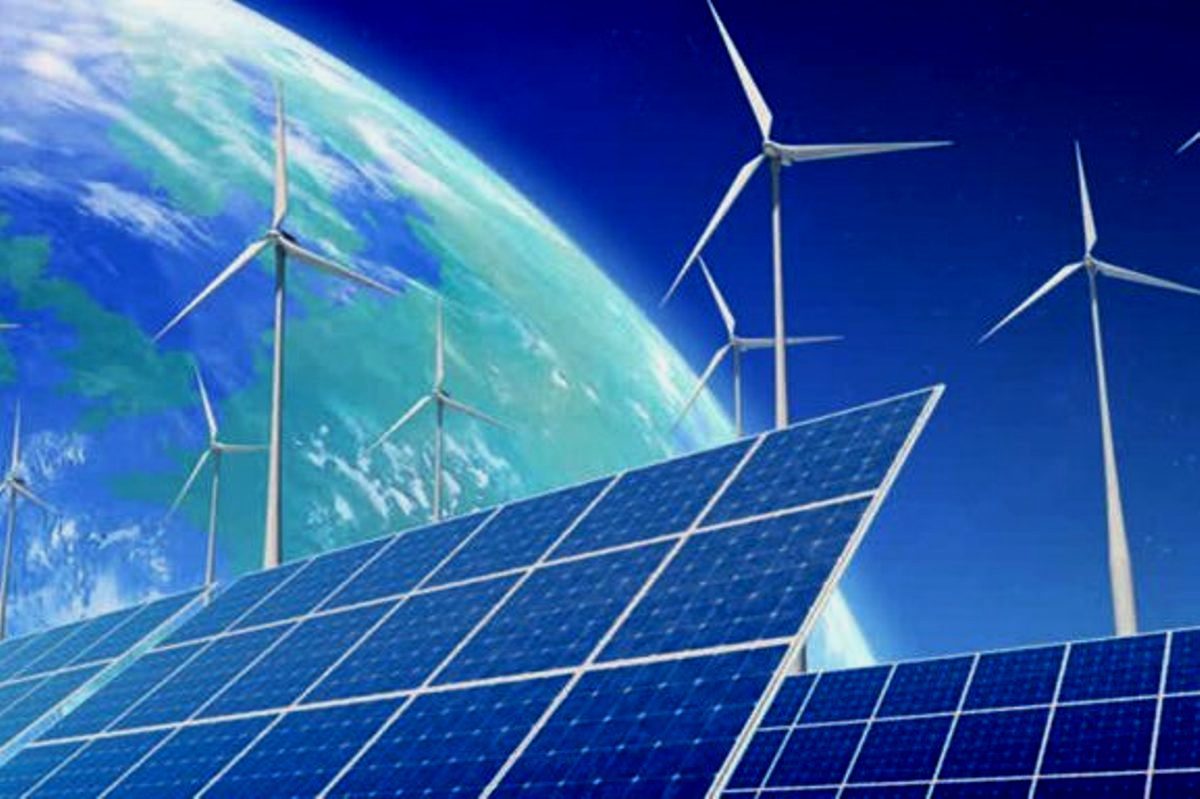
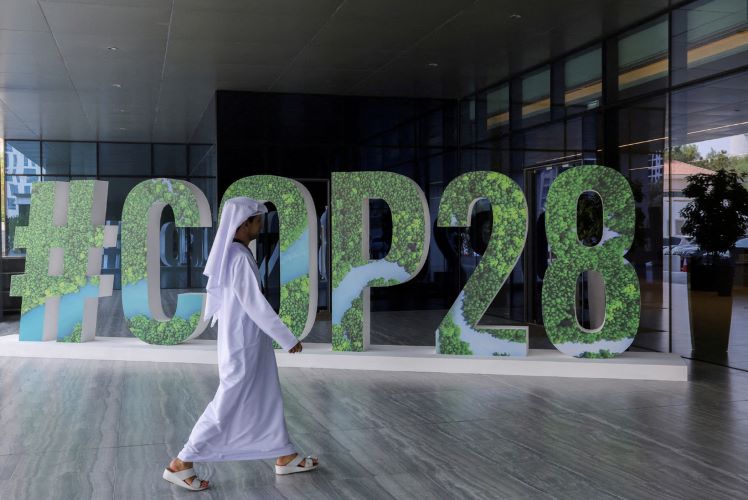
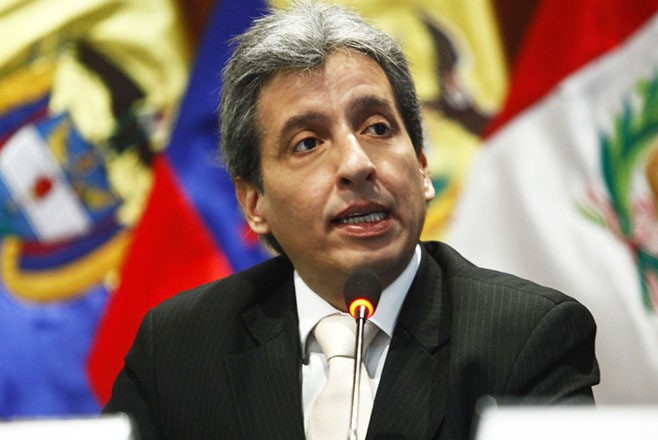
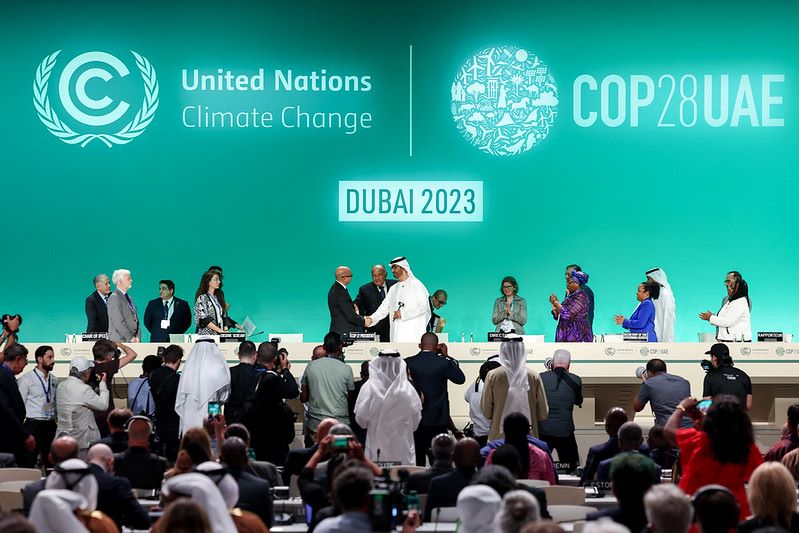
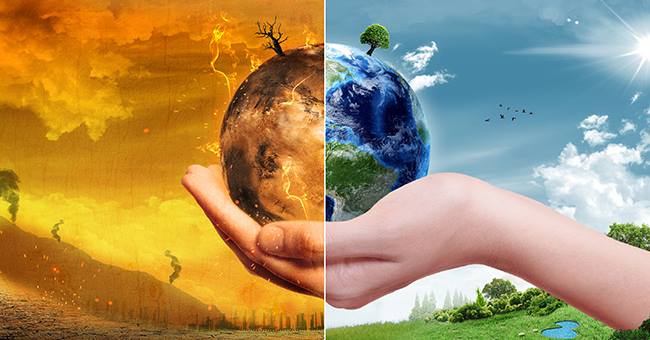






.jpg)




